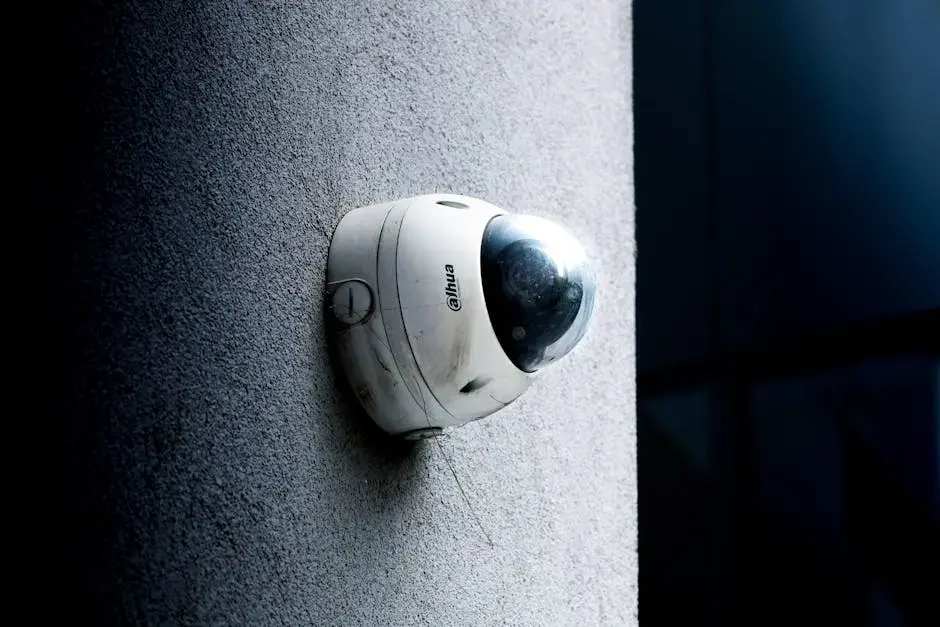Personal Protection Officer vs. Traditional Security Guard: Understanding the Difference
- VIP Close Protection
- Jun 30, 2024
- 2 min read
In a world where safety is paramount, the roles of a personal protection officer and a traditional security guard often stand out as essential safeguards. While both serve the purpose of ensuring security, their approaches and responsibilities differ significantly. Explore the nuances between the two to gain a deeper understanding of how each plays a crucial role in maintaining safety and protection.

Exploring the Role of a Personal Protection Officer
A personal protection officer, often referred to as a bodyguard, is an individual trained to safeguard specific individuals, such as executives, celebrities, or high-profile personalities. Their role goes beyond traditional security measures, focusing on close protection and risk mitigation for their clients.
The responsibilities of a personal protection officer include threat assessment, strategic planning, and constant vigilance to prevent any potential harm to the individual under their protection. Their training involves specialized tactics in defensive driving, conflict resolution, and first aid, tailored to address high-risk scenarios.
Personal protection officers are expected to blend into their client's daily life seamlessly while maintaining a high level of security readiness. Their ability to assess threats proactively and adapt to dynamic situations sets them apart as elite protectors in challenging environments.
In addition to physical protection, personal protection officers often provide valuable insights to enhance their client's security posture. Their role extends to coordinating with local law enforcement agencies, monitoring security systems, and conducting detailed risk analyses to ensure comprehensive protection.
The confidential nature of their work demands a high degree of professionalism and discretion. Personal protection officers operate in a complex landscape where maintaining the trust and safety of their clients is paramount, requiring a unique blend of security expertise and interpersonal skills.
Differences in Training and Responsibilities
Contrasting the role of a personal protection officer, a traditional security guard typically focuses on protecting properties, businesses, or public spaces. Their training emphasizes surveillance, access control, and incident response to maintain the security of a designated area.
Security guards are tasked with monitoring security cameras, patrolling premises, and responding to alarms or disturbances. While their role is vital in preventing unauthorized access and deterring criminal activities, it generally does not involve the same level of personalized protection as that of a personal protection officer.
The training for security guards often includes basic security protocols, emergency procedures, and effective communication skills to manage interactions with the public. Their responsibilities revolve around maintaining a visible security presence, enforcing regulations, and cooperating with law enforcement when necessary.
Unlike personal protection officers who focus on individual safety, security guards contribute to the overall security of a location or establishment. Their role is essential in safeguarding against theft, vandalism, or unauthorized intrusions, ensuring the protection of assets and the general public.
While both personal protection officers and traditional security guards play vital roles in security, the distinction lies in their scope of duties and the specialized training required. Understanding these key differences illuminates the diverse nature of security professions and highlights the importance of tailored security solutions.
Diving into the distinctions between a personal protection officer and a traditional security guard reveals the specialized skills and focused attention that come with each role.
Understanding these differences is key to appreciating the diverse strategies employed in safeguarding individuals and assets.




Comments